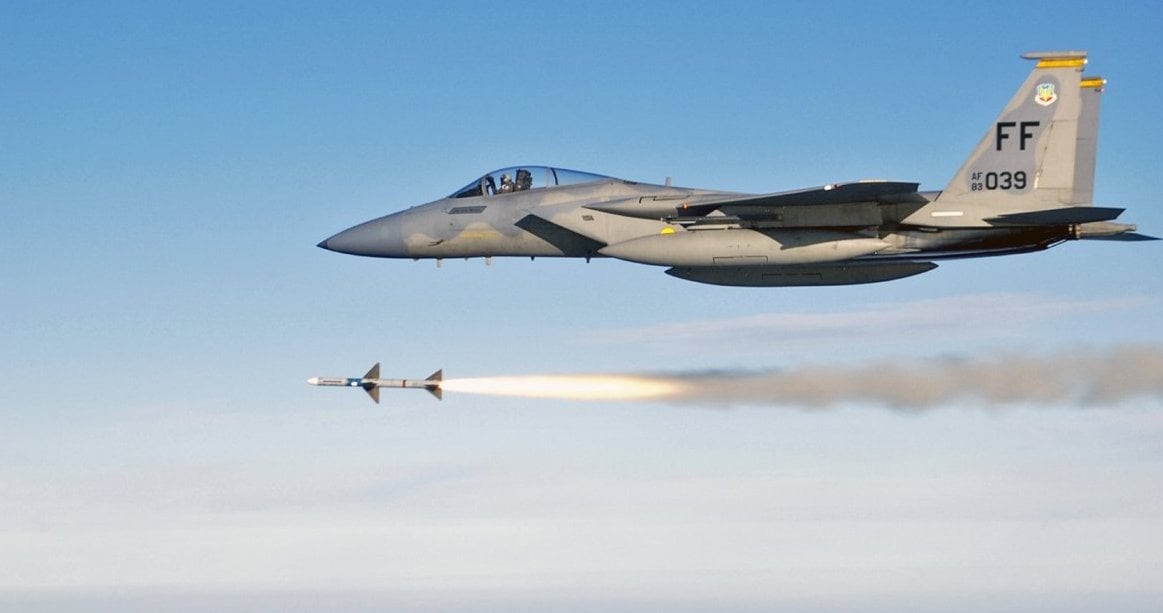Guided missiles are sophisticated weapons that can track and destroy targets with impressive accuracy. Unlike unguided rockets, guided missiles use a variety of technologies to adjust their trajectory in flight, ensuring they hit their mark, even if the target is moving. This article delves into the fascinating world of guided missile technology, exploring the different guidance systems and how they work.
Missile technology has evolved significantly over the centuries. While early missiles were essentially flying bombs with limited accuracy, modern guided missiles are equipped with advanced navigation, guidance, and control systems that allow them to precisely target and eliminate threats. They are now the weapon of choice to destroy targets swiftly and with amazing accuracy.
Understanding Missile Guidance Systems
At its core, a guided missile system comprises three essential components: navigation, guidance, and control. The navigation system tracks the missile’s current location and orientation in space. The guidance system uses this information, along with data about the target, to calculate the optimal trajectory. Finally, the control system executes the guidance commands by adjusting the missile’s fins, thrust vector, or other control surfaces.
Guidance systems can be broadly categorized into two types based on the target profile: Go-Onto-Location-in-Space (GOLIS) and Go-Onto-Target (GOT). GOLIS systems are typically used for stationary or near-stationary targets, while GOT systems are effective against both stationary and moving targets.
Let’s examine some of the most common guidance systems employed in modern missiles:
Line-Of-Sight (LOS) System
The Line-Of-Sight (LOS) system relies on a direct line of sight between a reference point (usually a radar station), the missile, and the target. The radar station continuously tracks the target and emits a beam that the missile follows. If the missile remains within the beam and has sufficient fuel and velocity, it will hit the target.
While relatively simple, LOS systems have limitations. They are vulnerable to targets that perform evasive maneuvers, as the missile struggles to maintain its position within the beam. Additionally, they are ineffective against targets approaching the reference point directly.
Pursuit System
In a pursuit system, the missile automatically steers itself towards the target, continuously adjusting its trajectory to maintain a direct path. This system involves only the missile and the target, unlike the LOS system which requires a reference point. There are two main variants of the pursuit system: Altitude Pursuit (AP) and Velocity Pursuit (VP).
In AP, the missile’s nose is constantly pointed towards the target. In VP, the missile’s velocity vector is aligned with the target’s position. While similar, these methods differ in how they account for the missile’s angle of attack and its movement through the air.
Heat-Seeking Missiles (Infrared Homing)
Heat-seeking missiles, also known as infrared homing missiles, are a type of guided missile that uses an infrared (IR) sensor to track and follow the heat signature of its target. This passive homing technique allows the missile to lock onto the heat emitted by jet engines, vehicles, or other sources of thermal energy. This “fire-and-forget” capability makes them highly effective in various combat scenarios. Examples include the US’s FGM-148 Javelin, RAF’s Brimstone, Russia’s V-750 VM, India’s Nag and Astra missiles.
However, heat-seeking missiles have limitations. They can be decoyed by flares or other heat sources, and their effectiveness is reduced in adverse weather conditions. Furthermore, the lack of positive identification of a target before launch means they may be unsuitable for use in populated areas for fear of collateral damage.
Proportional Navigation
Proportional navigation is a guidance law based on the principle that two objects are on a collision course if their line of sight remains constant as the range between them decreases. In other words, the missile calculates the angle to the target and adjusts its trajectory to keep that angle constant.
Unlike pursuit guidance systems, missiles using proportional navigation do not directly chase the target. Instead, they move in a carefully calculated direction, maintaining a constant bearing angle to intercept the target. The AIM-9 Sidewinder is a prime example of a missile employing proportional navigation.
A basic proportional navigation system struggles to deal with accelerating targets and is susceptible to sensor noise. Augmented Proportional Navigation (APN) systems address these shortcomings with enhancements to the guidance algorithms.
Conclusion
Guided missiles are complex and sophisticated weapons that rely on a variety of technologies to achieve their pinpoint accuracy. From line-of-sight systems to heat-seeking missiles and proportional navigation, each guidance system has its strengths and weaknesses. The choice of which missile to use depends on factors such as the type of target, the combat environment, and the desired level of precision. By understanding the principles behind these guidance systems, we can gain a deeper appreciation for the incredible engineering that goes into these advanced weapons.

